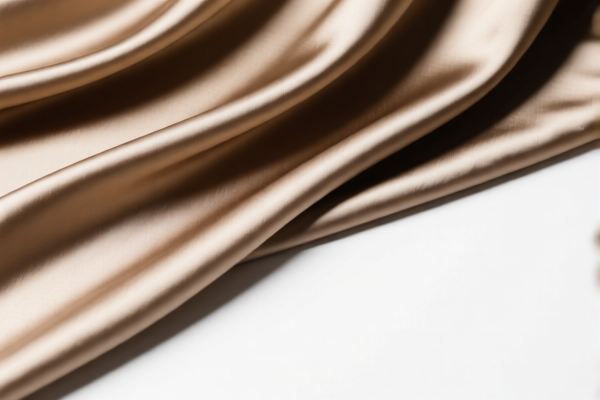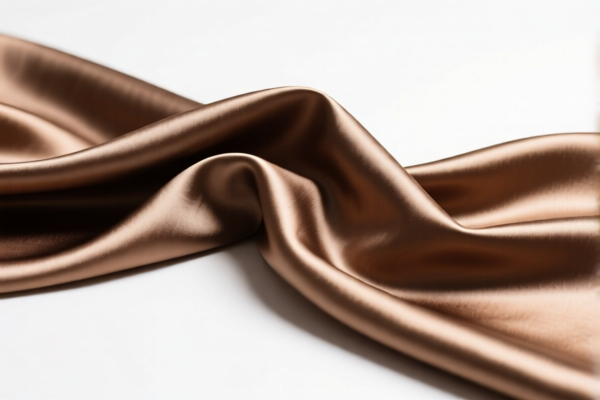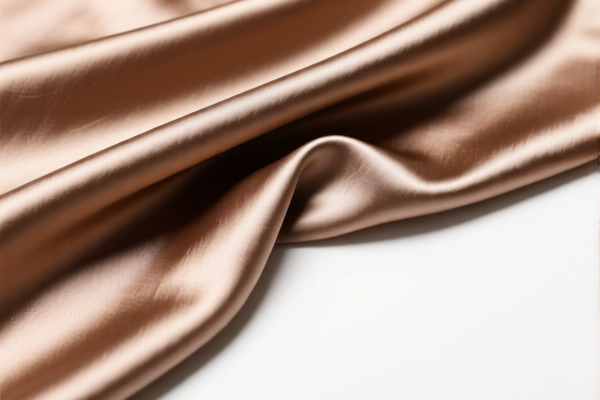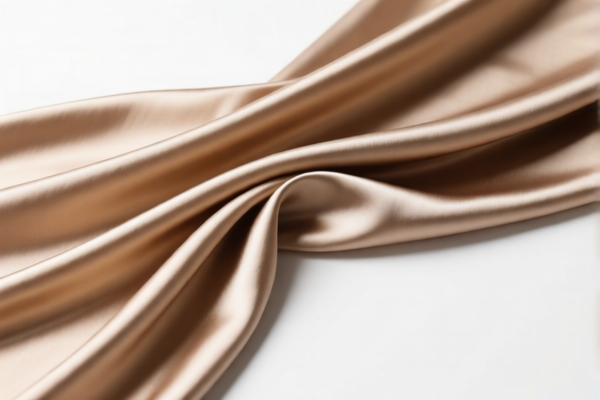| HS Code | Official Doc | Tariff Rate | Origin | Destination | Effective Date |
|---|---|---|---|---|---|
| 6306120000 | Doc | 38.8% | CN | US | 2025-05-12 |
| 6306191100 | Doc | 45.5% | CN | US | 2025-05-12 |
| 6304920000 | Doc | 36.3% | CN | US | 2025-05-12 |
| 6304930000 | Doc | 39.3% | CN | US | 2025-05-12 |
| 9404909670 | Doc | 37.3% | CN | US | 2025-05-12 |
| 9403995005 | Doc | 55.0% | CN | US | 2025-05-12 |
| 3926905500 | Doc | 60.1% | CN | US | 2025-05-12 |
| 3926905600 | Doc | 60.1% | CN | US | 2025-05-12 |
| 3919905060 | Doc | 60.8% | CN | US | 2025-05-12 |
| 3919901000 | Doc | 61.5% | CN | US | 2025-05-12 |




Textile Temporary Blackout Blinds
Temporary blackout blinds constructed from textile materials are portable solutions designed to block light from entering a room or space. They are commonly used when a more permanent blackout solution is unsuitable or unavailable.
Material
The core component is the textile fabric, typically featuring a light-blocking layer. Common materials include:
- Polyester: Durable, affordable, and relatively wrinkle-resistant. Often coated with a light-blocking backing.
- Blackout Fabric (multiple compositions): Specifically woven or coated fabrics designed for maximum light blockage. These may incorporate multiple layers or specialized coatings.
- Non-woven fabrics: Lightweight and cost-effective, often used in disposable or very temporary applications.
- Velvet: Heavier weight fabrics providing good light blocking and sound dampening.
The supporting structure varies, utilizing materials like:
- Metal Poles/Frames: Provide rigidity for larger blinds.
- Plastic Poles/Frames: Lightweight and inexpensive, suitable for smaller blinds.
- Hook and Loop Fasteners (Velcro): Used for attaching the blinds to window frames, walls, or ceilings.
- Suction Cups: Enable attachment to glass surfaces.
- Rope/Cord: Used for hanging or adjusting the blinds.
Purpose
The primary purpose is to create darkness in a room. Specific applications include:
- Sleep Enhancement: Blocking light for better sleep quality, particularly for shift workers or those sensitive to light.
- Media Viewing: Improving visibility of projected images or television screens by reducing ambient light.
- Photography/Videography: Controlling light conditions for photoshoots or video recording.
- Temporary Privacy: Providing a degree of privacy in addition to light blockage.
- Heat Reduction: Blocking sunlight can reduce heat gain in a room, though textile blinds are less effective than dedicated thermal curtains.
Function
These blinds function by absorbing or reflecting incoming light. The effectiveness depends on:
- Fabric Density: Denser fabrics block more light.
- Color: Darker colors generally block more light.
- Layering: Multiple layers of fabric enhance light blockage.
- Installation Quality: Gaps around the edges of the blind allow light to penetrate.
- Coating: Specialized coatings, such as aluminum or acrylic, improve light reflection and absorption.
Usage Scenarios
- Bedrooms: For creating a dark sleep environment.
- Home Theaters: Optimizing viewing conditions.
- Temporary Living Spaces: Apartments, hotels, or rentals where permanent modifications are not permitted.
- Travel: Portable blackout blinds are useful for blocking light in hotel rooms or during camping.
- Photography Studios: Controlling light for specific shots.
- Construction/Renovation: Providing temporary darkness during work hours.
Common Types
- Portable Blackout Curtains: Fabric panels with grommets or loops for hanging from a curtain rod or hooks. Often come with a carrying case.
- Blackout Shades (Roll-up): Fabric attached to a roll-up mechanism, allowing for adjustable coverage.
- Blackout Panels with Suction Cups: Lightweight panels that attach directly to glass windows using suction cups.
- Blackout Window Inserts: Fabric stretched over a frame that fits inside the window opening.
- Velcro-Attached Blackout Panels: Panels that attach to the window frame using Velcro strips.
- DIY Blackout Solutions: Using fabric and adhesive or clips to create custom blackout panels.
The declared goods are textile temporary blackout blinds, which are used for blocking light, typically in a temporary setting. They are constructed from textile materials and function as window coverings.
The following HS codes are relevant based on the provided reference material:
- 6306120000: This HS code covers Tarpaulins, awnings and sunblinds; tents (including temporary canopies and similar articles); sails for boats, sailboards or landcraft; camping goods: Tarpaulins, awnings and sunblinds: Of synthetic fibers. This is applicable if the blinds are made of synthetic fibers. The total tax rate is 38.8% (Base tariff: 8.8%, Additional tariff: 0.0%, Post-April 2, 2025, Additional tariff: 30.0%).
- 6306191100: This HS code covers Tarpaulins, awnings and sunblinds; tents (including temporary canopies and similar articles); sails for boats, sailboards or landcraft; camping goods: Tarpaulins, awnings and sunblinds: Of other textile materials: Of cotton. This is applicable if the blinds are made of cotton. The total tax rate is 45.5% (Base tariff: 8.0%, Additional tariff: 7.5%, Post-April 2, 2025, Additional tariff: 30.0%).
- 3919905060: This HS code covers Self-adhesive plates, sheets, film, foil, tape, strip and other flat shapes, of plastics, whether or not in rolls: Other: Other Other. This could be relevant if the blinds incorporate a plastic backing or adhesive component. The total tax rate is 60.8% (Base tariff: 5.8%, Additional tariff: 25.0%, Post-April 2, 2025, Additional tariff: 30.0%).
- 3926905500: This HS code covers Other articles of plastics and articles of other materials of headings 3901 to 3914: Other: Belting and belts, for machinery: Containing textile fibers: V-belts. This could be relevant if the blinds utilize plastic components with textile reinforcement. The total tax rate is 60.1% (Base tariff: 5.1%, Additional tariff: 25.0%, Post-April 2, 2025, Additional tariff: 30.0%).
Regarding HS code 6306120000 and 6306191100, it is important to confirm the material composition (synthetic fibers vs. cotton) for accurate classification.
Customer Reviews
No reviews yet.